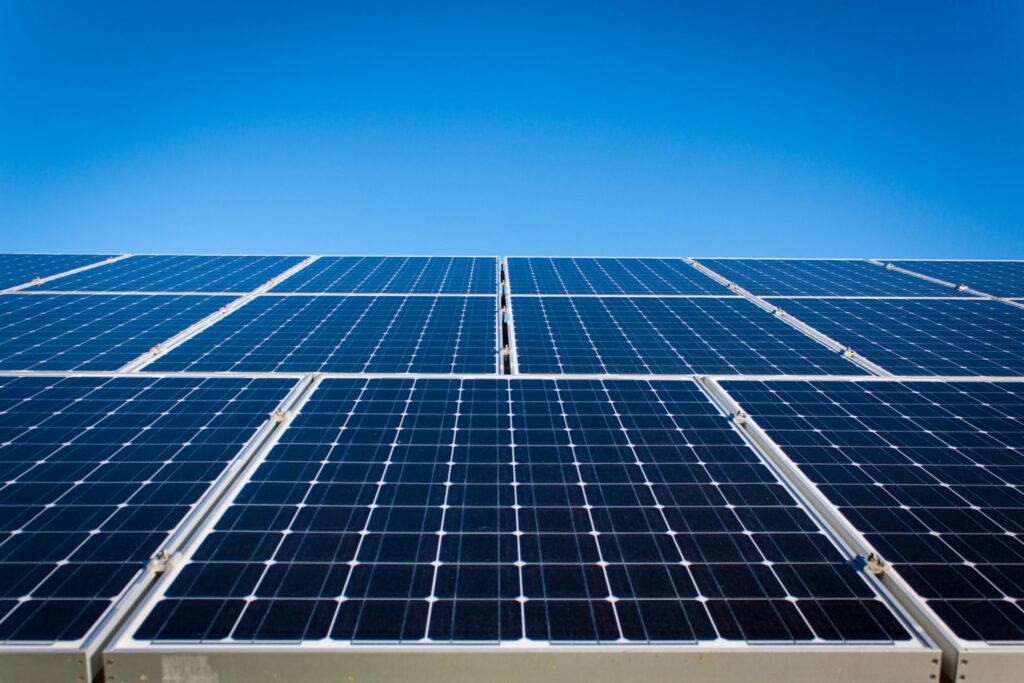India achieved a milestone towards the path of renewable energy, with solar energy supplying a whopping 63.95% of total renewable energy generation (except large hydropower) in February 2025. India produced 12,913.58 million units of solar power, proving it was serious about sources of green energy.
Solar Energy Takes the Lead
India’s solar power capacity also increased heavily riding on government policies, return on investment, and photovoltaic technology innovations. India’s cumulative renewable energy capacity aside from large hydro was 167.709 GW as on end February 2025. Solar power added 102.566 GW further strengthening India’s position as a world leader in the use of renewable energy.
The consistent growth in solar output can be contributed to rising project installations, improving the efficiency of solar panels, and public and private sector funding. While daylight hours and solar irradiance rose, February saw a good season for generating solar power since the nation was moving into summer.
Wind Energy Copes with Seasonal Issues
Wind energy, representing 22.74% of the overall renewable generation during February 2025, generated 4,592.48 million units of electricity. It did lose slightly compared to the corresponding month last year due mainly to seasonal changes in winds. In comparison to solar power, whose generation is based on relatively consistent patterns of daylight, wind energy generation is based on monsoon patterns and local wind patterns.
The seasonal limitiveness of wind power underscores the upgrading of forecasting, energy storage, and improved grid operation to guarantee a stable power supply.
Diversified Energy Mix for Stability
Apart from solar and wind, other renewables such as biomass, bagasse, and small hydro contributed 13.31% of the overall renewable generation for February 2025. Although their contribution is relatively insignificant, these sources are important to ensure that there is a sustainable and diversified energy mix and that the reliance on fossil fuels is minimized.
India’s overall renewable power generation in the month (all categories other than large hydro) was 20,193.67 million units. It decreased by 4.68% from January 2025, but it was a healthy year-on-year increase of 12.20% from February 2024.
Challenges and the Way Forward
Even with the fast pace of solar energy development, marginal decline in wind energy generation is something to be concerned about in terms of long-term supply stability. Dependence on a single renewable power source can cause grid imbalances, and therefore diversification and energy storage are essential to ensure a stable supply of power. Increasing battery storage facilities, increasing pumped hydro storage, and investing in sophisticated grid management systems will be essential to overcome the challenges.
India remains committed to its goal of 500 GW renewable energy capacity by 2030. But grid integration issues, accessing finance, and establishing transmission infrastructure are tall orders to fill. Policymakers, industry players, and research organizations need to come together and define innovative options that can enable deployment at scale of renewable energy.
Conclusion
India’s renewable energy industry is moving ahead, led by solar power. On the way towards a cleaner future, increasing energy storage infrastructure, adopting smart grid technology, and stabilizing policy will be paramount for clean and reliable energy development.

